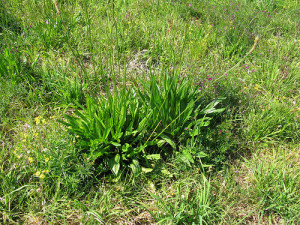Labor Day is fast approaching and many people take the day off to barbecue or otherwise enjoy time in your garden. Now is a good time to fertilize lawn your lawn and work on getting rid of your broadleaf weeds also.
Why Should You Fertilize Your Lawn Now?
As we have mentioned on this blog before, fall is a good time to give your grass some extra attention, including a dose of nutrients. Temperatures are starting to head downward and grasses (especially your cool season varieties like Kentucky bluegrass) can breathe a sigh of relief that the stresses of summer dryness and heat are on their way out.
You do want to do any fertilizing earlier in the autumn season until waiting until the very end. If new growth occurs right before winter, freezing temperatures or icy conditions can severely damage your grass. You want to give it a chance to get new growth started, but also give it enough time to prepare for winter and properly go dormant.
What Are Broadleaf Weeds and How Do You Kill Them?
There are three basic types of weeds that you may find in your lawn: grasses, sedges and broadleaf varieties. Broadleaf weeds usually have wider and/or thicker leaves than the blades on grasses or sedges. Common examples include dandelions, plantain, common mallow and bindweed.
The trick to getting rid of broadleaf weeds without disturbing your grass is to use a herbicide that is specially targeted towards them. These plants are physiologically different from grasses and the herbicide manufacturers are able to create a product that will work on only the broadleaf weeds. Make sure that you read the label to see what kinds of plants are targeted and follow the instructions carefully.
What do you use on your broadleaf weeds?
Image by Macleay Grass Man under a Flickr Creative Commons Attribution License



